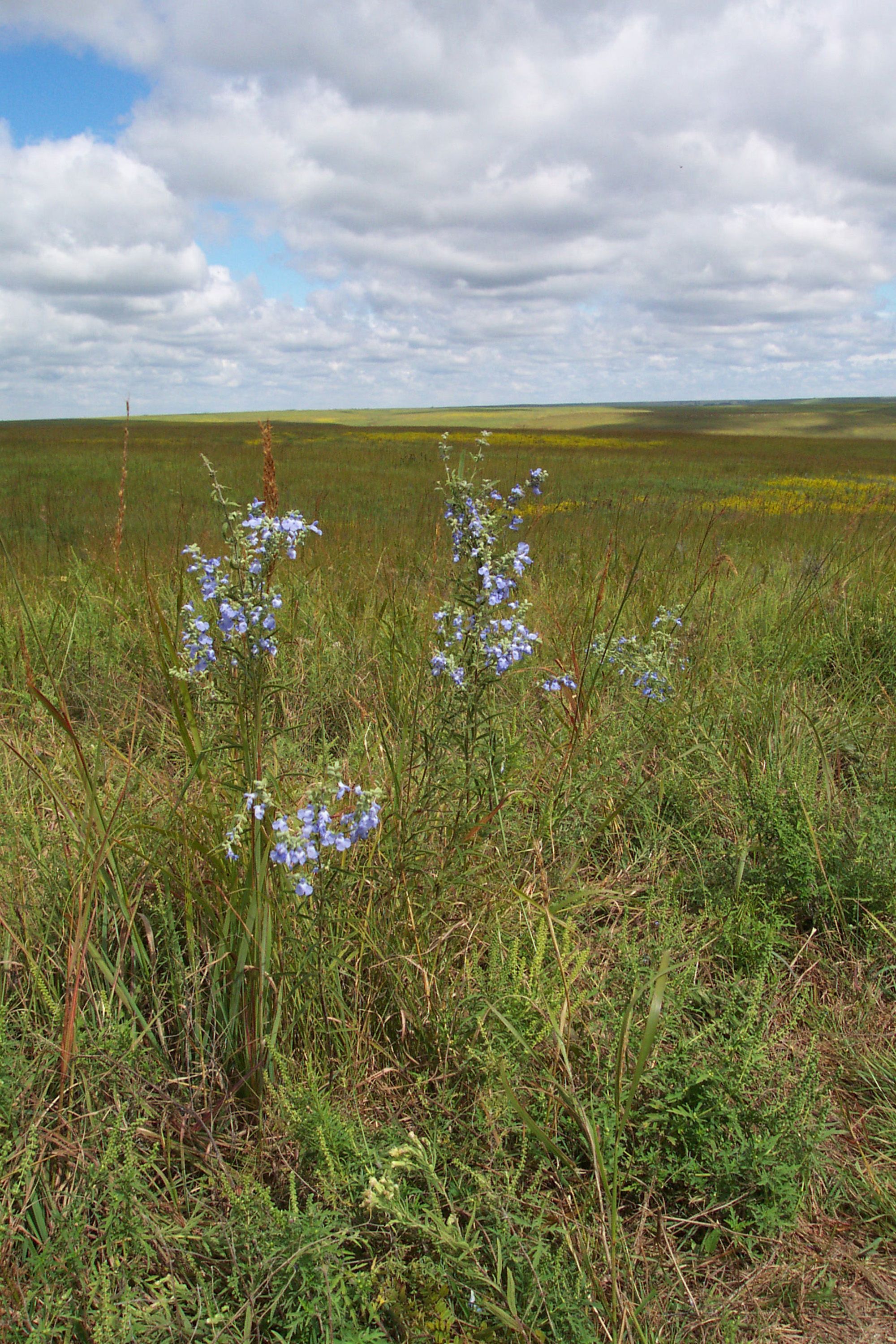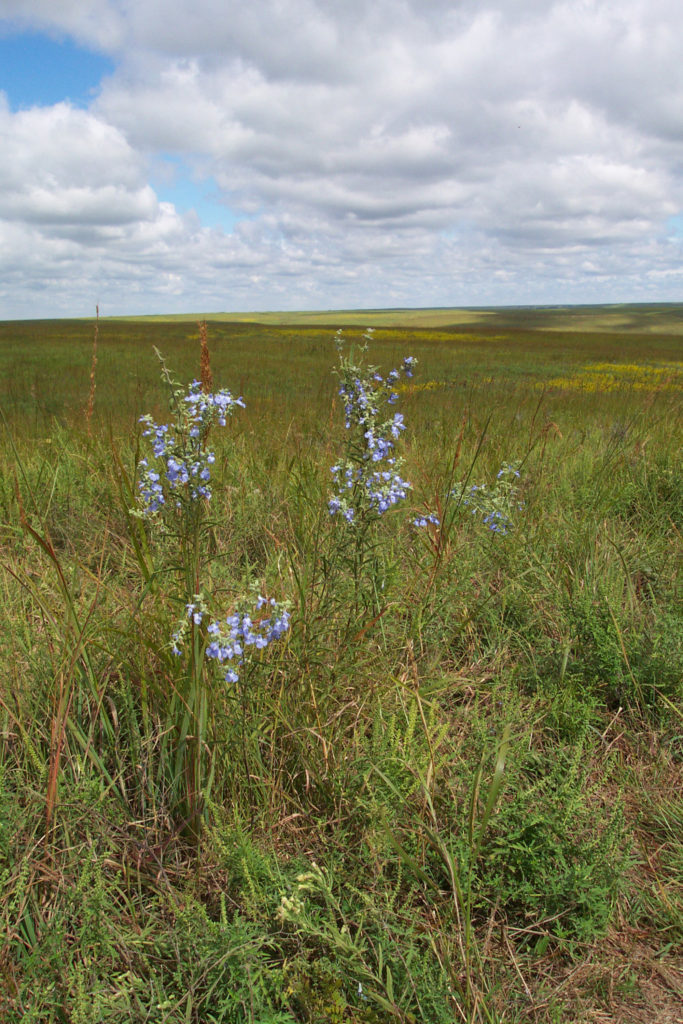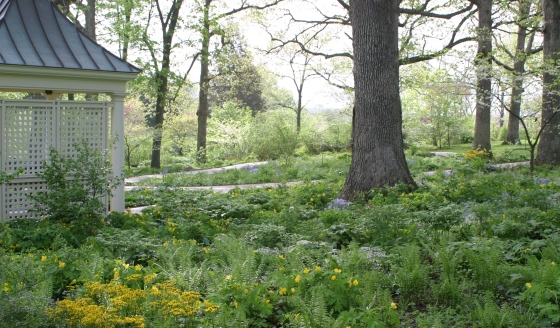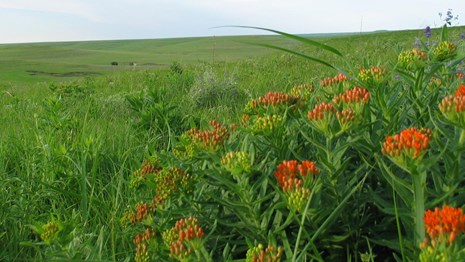Many plants hang their heads in the heat and humidity of summer, yet that’s when the wild natural splendor of prairies reminds us of the beauty in our pioneer heritage. These are the native grasslands with sedges, sturdy coneflowers and milkweed and lovely wildflowers, birds, butterflies and abundant wildlife and, at night, fireflies. Trees are few or nonexistent since prairies depend on fire for restoration.
Upon seeing the prairie for the first time, Charles Dickens reportedly said, “It appears as though the stars from heaven have fallen on the earth.”
In North Americas, our prairies were found in the Great Midwest, stretching from parts of Minnesota, Wisconsin, North Dakota, South Dakota, Nebraska, Montana, Wyoming, Colorado, Kansas, Missouri, Indiana, Iowa, Illinois, Oklahoma, New Mexico, to Texas.
“All around them was grassy prairie spreading to the edge of the sky.” From Laura Ingalls Wilder, Little House on the Prairie.
Now, however, our natural prairie ecosystems have almost vanished. 99% of the prairies of North America are gone, according to the non-profit group Prairies Forever.
Here are a few wildflower and prairie gardens around the country:

Coneflower Prairie, Linnaeus Arboretum, Saint Peter, MN
Linnaeus Arboretum, on the campus of Gustavus Adolphus College in Saint Peter, MN — Coneflower Prairie, located
The Missouri Botanical Garden’s Whitmire Wildflower Garden — Garden paths take you through five plant community areas (woodland, wetland, glade, savanna and prairie) and a home gardening area which includes a native perennial garden, rock garden, prairie garden, water garden, woodland garden and rain garden. Over 500 Missouri native plant species are on display.
Tallgrass Prairie, National Preserve Kansas — Tallgrass prairie This tallgrass preserve covers nearly 11,000 acres. once covered 170 million acres of North America.




